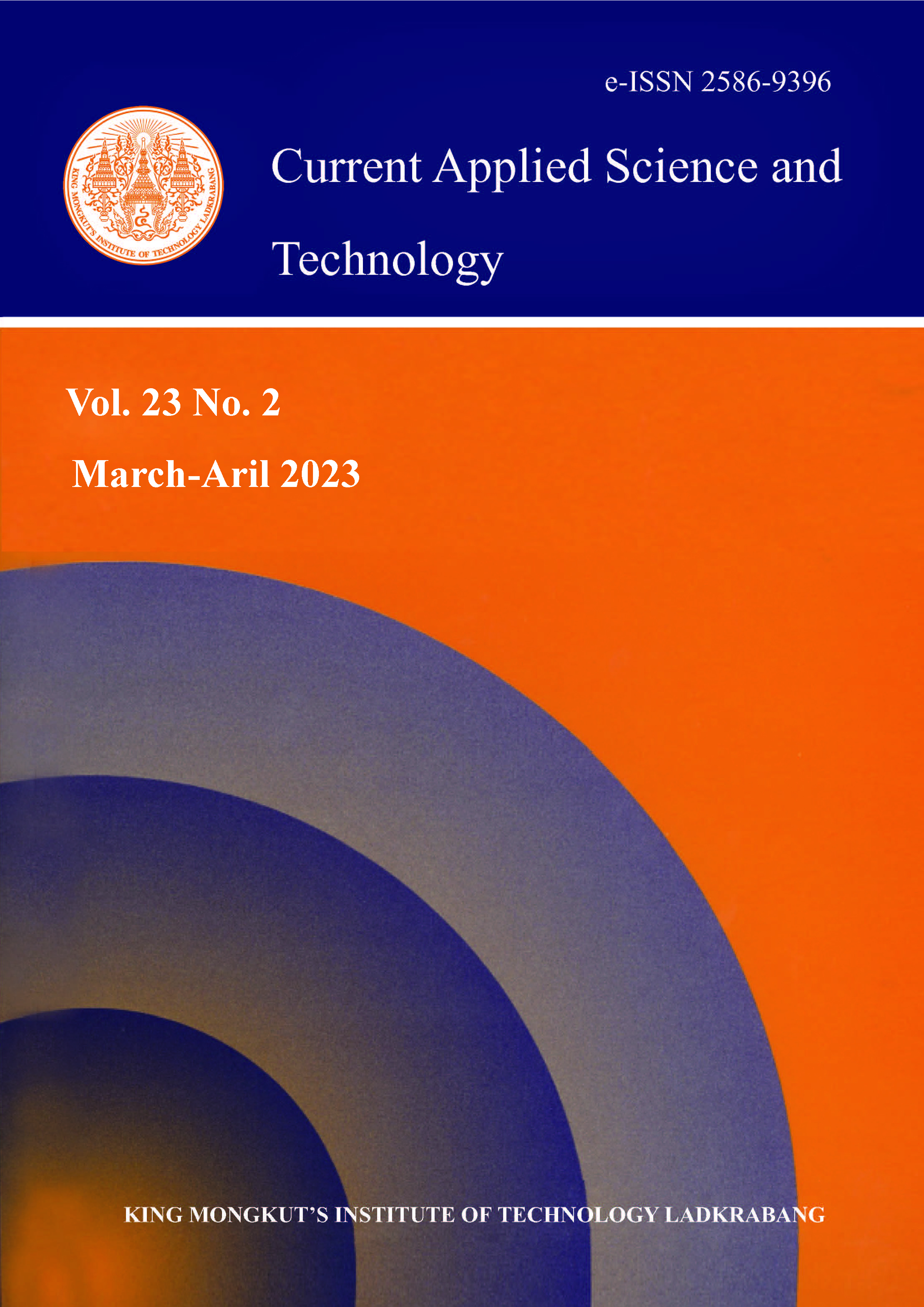Coconut husk represents the entire fibrous envelop in the fruit and constitute both the exocarp and mesocarp in the raw material for the coir industry. Retting results in separation of this fibrous envelop which is an assemblage of fibers with cork like parenchymatous cells containing a cementing material dispersed throughout the mass. The present study attempted to determine the effect of pH, aeration and degradation capability of aerated leachate on coconut husk retting. The experiment was done in seven buckets of 5L capacity and the pH of water in each bucket was adjusted from 3.0-9.0 with 600g of 11 months old fresh coconut husks immersed in each bucket. The parameters of color, pH, volatile fatty acid (VFA), chemical oxygen demand (COD) and polyphenols were analyzed regularly during the study. The effects of aeration and the degradation capability of aerated leachate was also studied. The VFA and COD level increased initially and then decreased. Neutral pH was found to be ideal for the leaching process.
Keywords: coconut husk; volatile fatty acid; chemical oxygen demand; polyphenol; leachate; sludge; pectin; tannin
*Corresponding author: Tel.: +91 9846932029
E-mail: subisubhadra@gmail.com
Subhadra*, S. ., Johnson, P. L. ., Johnson, R. B. ., & Chelluvaraju, J. M. . (2022). Influence of Abiotic Factors on Coir Retting Process. CURRENT APPLIED SCIENCE AND TECHNOLOGY, DOI: 10.55003/cast.2022.02.23.013 (13 pages). https://doi.org/10.55003/cast.2022.02.23.013


https://cast.kmitl.ac.th/doi/10.55003/cast.2022.02.23.013